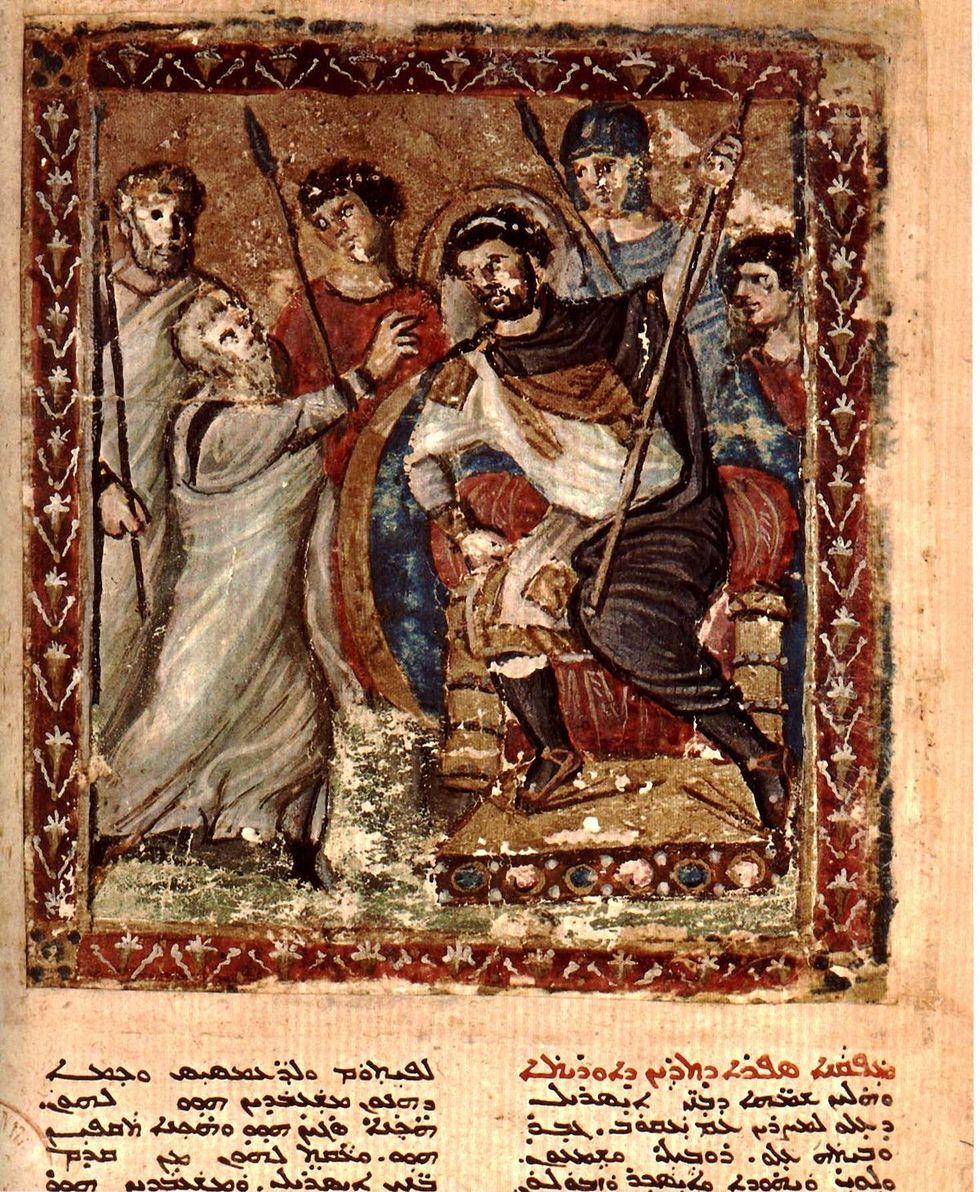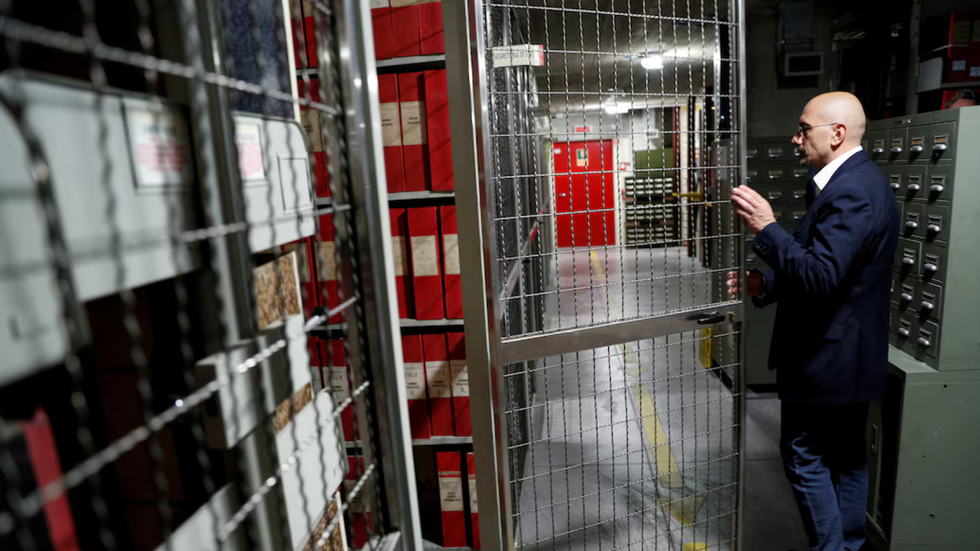Archaeology breakthrough: ‘Unique’ 1,500-year-old hidden Bible chapter unearthed in Vatican manuscript
Scientists have discovered a hidden chapter of the Bible dating back nearly 1,500 years in an ancient Vatican manuscript.
The remarkable finding, concealed beneath three layers of text, was revealed through ultraviolet photography, according to research published in the journal New Testament Studies.
The newly-uncovered text represents one of the earliest translations of the Gospels and provides fresh insight into the interpretation of the New Testament’s Matthew 12.
The discovery is part of the Old Syriac version of the Bible – known as the Peshitta, and preserved today in just four manuscripts, both of which are plagued by gaps.

Researchers believe this fragment is the only surviving piece of the fourth manuscript in the set.
The finding offers what scientists describe as a “unique gateway” into how the Gospels were copied, preserved and spread across generations.
The text reveals notable variations in how biblical information was translated across different versions.
A clear example of translation differences can be seen in Matthew chapter 12, verse 1.
MORE ARCHAEOLOGY BREAKTHROUGHS:
- Bayeux Tapestry mystery: Lost site depicted in medieval embroidery revealed after 900 years
- Archaeology breakthrough: Secret underground tunnel system built by Incas beneath Cusco discovered
- Ancient 2000-year-old marble statue found in rubbish as police launch probe into discovery

The original Greek version states: “At that time Jesus went through the grainfields on the Sabbath; and his disciples became hungry and began to pick the heads of grain and eat.”
The Syriac translation adds more detail, describing how the disciples “began to pick the heads of grain, rub them in their hands, and eat them.”
Experts have dated the manuscript to the first half of the sixth century through comparison with other Syriac texts.
During this period, parchment paper was scarce in the region, leading scribes to reuse pages by erasing earlier Biblical text – a practice known as palimpsest.
Claudia Rapp, director of the Institute for Medieval Research at the Austrian Academy of Sciences, said: “This discovery proves how productive and important the interplay between modern digital technologies and basic research can be when dealing with medieval manuscripts.”
Prior to this discovery, only two manuscripts containing the Old Syriac translation were known to exist – one at the British Library in London and another at St. Catherine’s Monastery on Mount Sinai.
The Peshitta remains the oldest surviving Syriac translation of the Bible, with its Hebrew text translation dating to the 2nd century AD.
The New Testament portion was translated from Koine Greek in the early 5th century and continues to be used today in sermons, poetry, prayers and hymns by churches in the Syriac tradition.

